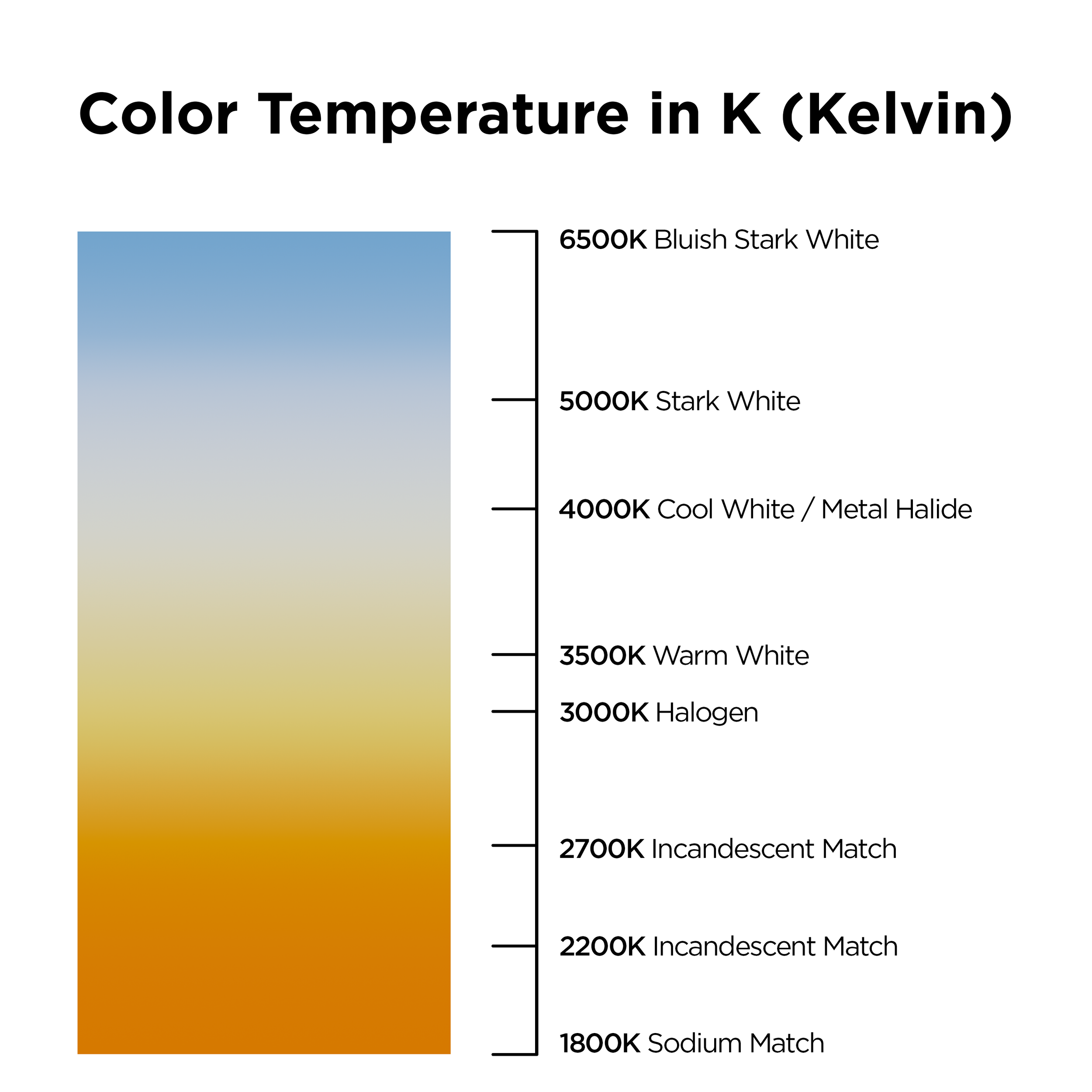The LED Lighting Revolution: Understand The Latest Regulations And Make The Switch
01/01/2024
Amid ever-changing lighting regulations, the recent update to the ban on incandescent light bulbs has many consumers curious about the availability of their familiar bulbs. It's crucial to understand the impact of these changes, so let's take a closer look at which bulbs are now banned and explore the alternatives that are still available.
Latest Regulations: Shifting Lighting Standards
Effective August 1, 2023, the Biden Administration and the Department of Energy (DOE) implemented new regulations mandating minimum lumen-per-watt requirements for incandescent and halogen light bulbs. The move is part of a wider initiative to improve energy efficiency and transition to more permanent lighting solutions.
Disabled light bulb: a light bulb that is no longer available
Under the new rules, the most common incandescent light bulbs used in homes have been banned because they fail to meet the minimum threshold of lumens per watt. This includes many traditional light bulbs that have been household staples for years.
The exception to the rule: specialty light bulbs
While some incandescent and halogen bulbs are no longer available, there are exceptions. Specialty light bulbs, such as appliance lights, antique reproduction lights, black light bulbs, insect-proof bulbs, colored lights, plant bulbs and traffic signal bulbs, are still allowed. This means that specific applications for traditional light bulbs can still be found on the market.
Embracing LED Technology
The shift to LED technology is the driving force behind these regulatory changes. LED light bulbs offer significant advantages, including energy efficiency, longer life and reduced heat production. As consumers adjust to moving away from familiar light bulbs, LED equivalents provide a seamless transition, promoting energy savings while maintaining the same light quality.
Switch to LED light bulbs
Transitioning to LED light bulbs is a simple process. GK offers a variety of LED options including S39, S38, S28 and more. These energy-saving light bulbs are designed to fit into existing light fixtures without modification.
Choose the right LED bulb
When choosing an LED replacement for incandescent lighting, consider the following factors:
Lumen output: A measurement of brightness; higher lumens indicate a brighter bulb.
Wattage Equivalency: Indicates the wattage of LED compared to traditional lighting.
Color temperature: Measured in Kelvin; lower Kelvin produces warmer light, while higher Kelvin emits cooler, bluer light.
For a warm, incandescent-like glow, choose LED bulbs with a color temperature of 2700 Kelvin or lower. To replicate halogen lighting, choose a bulb with a temperature of 3000 to 3500 Kelvin.

Expert assistance from
GK LED Lights
Navigating new regulations and finding the right LED replacement can be overwhelming, but GK LEDs can help. Call +86-755-27165559 (English Support) to speak with a GK lighting expert or visit their website to explore their range of
LED bulbs and lighting solutions online. With their help, you can seamlessly transition to high-quality, energy-efficient lighting for years to come.

